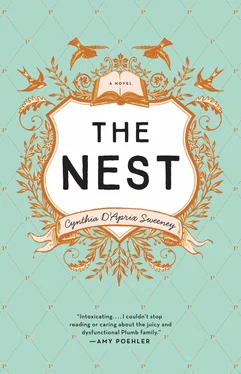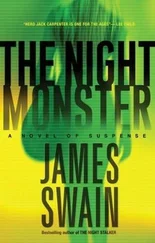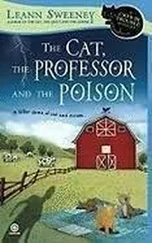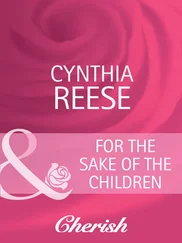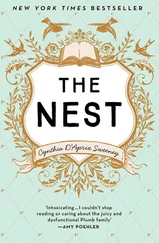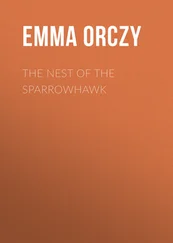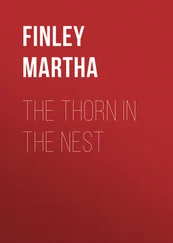And then there was Simone — the beautiful African American girl who always sat in the front row and finished her work before everybody else and wandered the room offering help to those who wanted it. She was a junior in high school, too, and Louisa had overheard the instructor say that Simone could probably get a perfect SAT score without too much effort. “Probably,” Simone had said, shrugging. Something about her made Louisa nervous. She seemed so much older than they were. She supposed it was just that Simone had grown up in Manhattan and was braver, more sophisticated. And she was free with her opinions of Nora and Louisa in a way that was discomfiting.
Every Saturday, at the start of their outing, she’d appraise Nora and Louisa, looking them up and down and pronouncing judgment on each piece of clothing and accessory: no, yes, God no, no, no, that is actually nice, please don’t wear that again . When she laughed, she threw back her head and hooted a little and was so loud people turned to stare. She smoked. She applied bright orange lipstick without even looking in a mirror, flicking a pinkie into the cleft of her upper lip and the corners to be sure it was perfect.
“This is my signature color,” she’d told them, snapping the tube of lipstick shut and tucking it into her back pocket. “Black women can wear these shades. Don’t you two even think about it.” That day she’d had her long braids piled on top of her head in a coiled bun, adding inches to her already imposing height, elongating her face, which could be aloof or curious depending on her mood. She wore fitted tees made out of some kind of diaphanous cotton that left nothing above the waist to be curious about. Her bras, the kind with the molded cup designed to enhance cleavage, were brightly colored and lacy and clearly visible under everything she wore. Melody still shopped for most of Nora’s and Louisa’s clothing, buying them serviceable lingerie on sale that sometimes verged on cute — prints of puppies or handbags or seashells — but never veered toward sexy.
Occasionally Simone would point to something one of them was wearing and say, “That is adorable,” not meaning it as a compliment. As far as Louisa could decipher, adorable in Simone’s lexicon was a combination of stupid and tacky. Simone was also fiercely critical of everything that was — to use her favorite insult— popular, her bright orange mouth twisting the word into an insult. If Simone liked something, it was tight, which made no sense to Louisa. “Shouldn’t tight be negative?” she asked Nora. “As in uncomfortable, constrained, restricting. As in these old pants are tight ?”
“Not everything’s an SAT word,” Nora said, in a drawl Louisa had never heard her employ before and which made her sound exactly like Simone. According to Simone, lots of the twins’ favorite songs or television shows or movies were popular . And just like that, things Nora and Louisa had enjoyed became tainted — at least for one of them.
LOUISA HAD BEEN SITTINGon the linoleum floor in the museum with her sketch pad for almost an hour, and the leg bent beneath her had started to go numb. She stood awkwardly and tried to stomp the feeling back into her thigh and butt, which were tingling uncomfortably. She limped back and forth under the sign for the entrance to the small corridor where she’d been drawing: The Leonard C. Sanford Hall of North American Birds. She liked that part of the museum for a bunch of reasons. First, it was named after a Leonard and so was she, after the grandfather she’d never met (Nora was named after their father’s father, Norman). She liked that the hall wasn’t nearly as crowded as the more popular exhibits, the dinosaurs or the blue whale — on a weekend those rooms were nearly impossible to navigate, never mind finding a spot to sit in peace with her sketch pad. North American Birds was a dated, musty exhibit of field specimens tacked onto walls behind glass. It was more a corridor to pass through than a destination.
And she loved the bird specimens, even if they were old-fashioned and a little creepy. Her favorite case was the one displaying “Swallows, Flycatchers, and Larks” because the birds were in flight and almost looked alive. Her least favorite: “Herons, Ibises, and Swans,” because the large birds looked awkward and uncomfortable. Purely for vernacular, she loved the case she was sitting in front of now: “Wrens, Nuthatches, Creepers, Titmice, Mimic Thrushes, Jays, and Crows.” She wished she knew what a mimic thrush mimicked and whether titmice ate mice. She supposed she could Google, but she preferred to wonder.
But even in the relatively sparsely populated corridor, she was rarely left alone. People still constantly looked over her shoulder and asked questions about what she was drawing or why or, even worse, just stood watching in awkward silence. And the kids! Pestering her nonstop and asking if they could draw, too. Their parents were just as bad.
“Maybe if you ask nicely,” one mother had said to her son while Louisa was trying to sketch the larks in flight, right before her leg went numb, “this nice lady will share her paper and show you how to draw.”
“These aren’t for kids,” Louisa said, sharply, picking up her charcoal pencils and pastels from the floor.
“How come she won’t share?” the little boy whined.
“I don’t know, honey,” his mother said. “Not everyone is a good sharer like you.”
“Jesus,” Louisa said, slamming her pad shut. The mother threw her a dirty look and walked away. Louisa started to gather the sheets of paper on the floor around her. One wasn’t terrible. It was of a little boy who’d thrown a tantrum after his father wouldn’t buy him a stuffed seal in the gift shop. He’d flung himself to the ground and buried his head in his arms, shoulders heaving. Louisa had sketched him quickly and she’d managed to capture the bereft set of his shoulders, his legs swinging in frustration, how one of his hands reached out, fingers splayed, toward the door of the toy shop where his object of desire was cruelly out of reach.
“Seal-y! Seal-y!” the boy had wailed, his father finally having to carry him kicking and screaming into a nearby restroom.
The other drawings of people, quickly sketched as she watched visitors moving through the long halls, weren’t exactly embarrassing, but they weren’t great. She never got the proportion of features-to-face exactly right. The reason the little boy came out better, she knew, was because his face was concealed. She didn’t want to think about what it meant that she couldn’t draw eyes, the windows to the soul, the most important thing an artist had to master. It was not lost on her that all the birds in the Leonard C. Sanford Hall were eyeless, tiny bits of cotton inserted in their eye sockets.
“So are you going to art school?” Simone had asked once after Louisa let her look at some of her sketches.
“No,” Louisa said. She’d mentioned art school once and her mother had blanched. Art school, to Melody, was not really school.
“Why not?” Simone said.
“Because I want to get a good general education,” Louisa said, mimicking Melody’s words. “Art school is more like trade school.”
“What’s wrong with trade school?”
Louisa laughed nervously. She wasn’t sure if Simone was being serious or sarcastic.
“I mean it,” Simone said, still paging through Louisa’s drawings. “Medical school is trade school, so is law school.”
“But that’s graduate school, it’s different,” Nora said. Sometimes she thought Simone picked on Louisa a little.
“True,” Simone said, agreeably. “But if you love art and you want to draw or paint, why wouldn’t you go to a place where you can get better doing the thing you love?”
Читать дальше
Конец ознакомительного отрывка
Купить книгу
